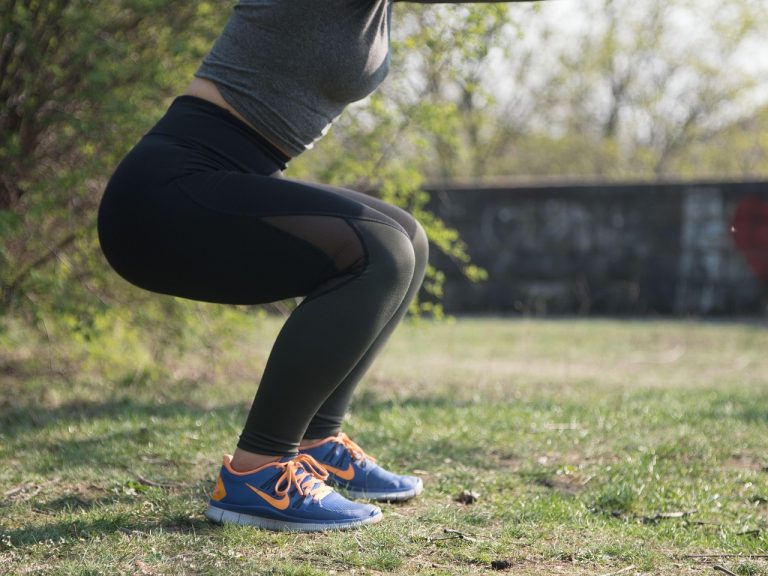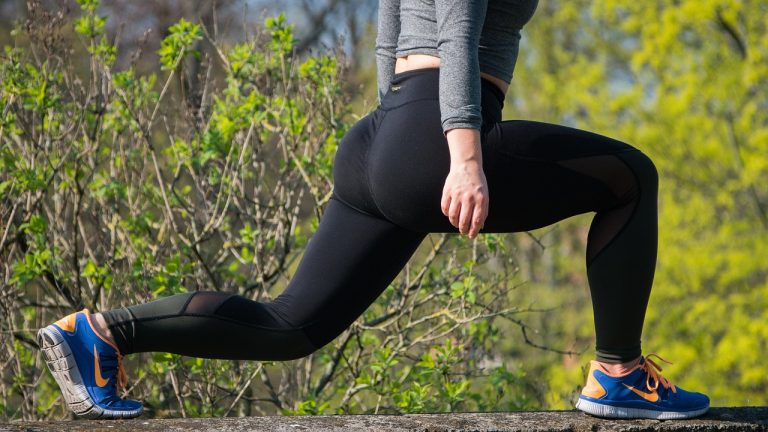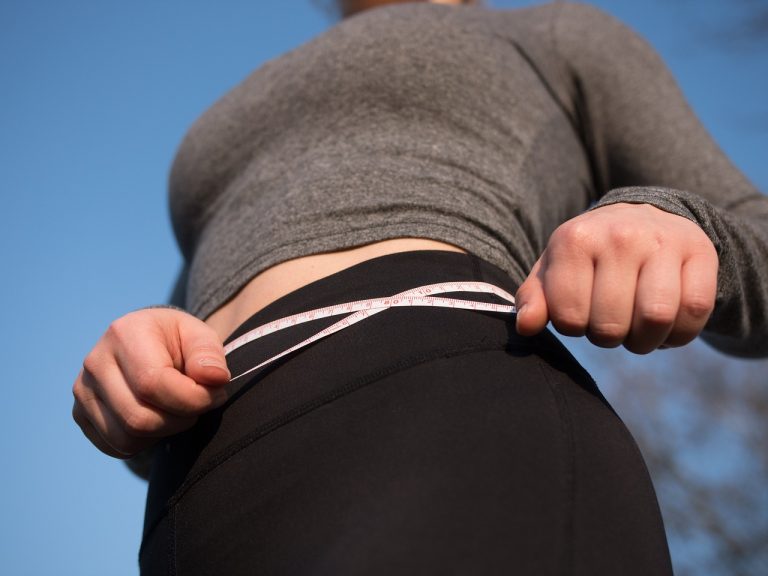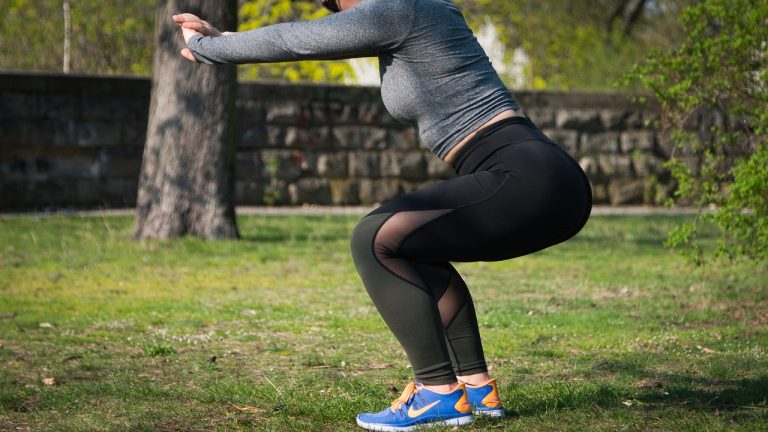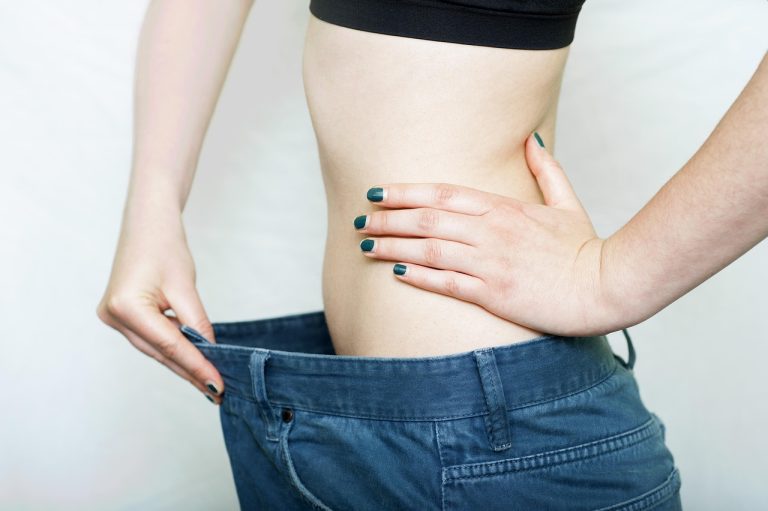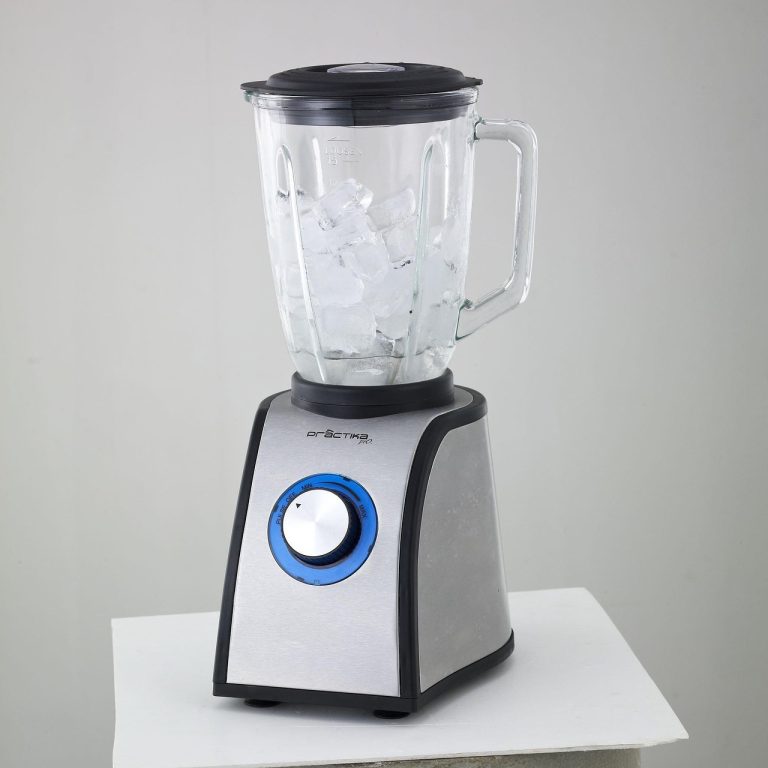What Breaks a Fast? (And What Doesn’t)
If you’ve started intermittent fasting—or are thinking about it—you’ve probably asked the million-dollar question:
“What actually breaks a fast?”
You’re sipping coffee… wondering if that splash of almond milk ruins everything.
You’re taking your morning vitamins… wondering if they kick you out of fat-burning mode.
You hear people say “zero calories only!”—but is that really true?
Don’t worry—you’re not alone. This is one of the most common and most misunderstood topics in the intermittent fasting world.
In this guide, we’ll walk you through exactly what does and doesn’t break a fast, based on both science and real-world results—especially for women over 40 using fasting for fat loss and hormonal support.
Let’s clear it all up, once and for all.

❓ What Does It Mean to “Break a Fast”?
In simplest terms, fasting means not eating for a set period of time. But when we say “break a fast,” we’re usually talking about something deeper:
💡 Does this food, drink, or supplement stop fat burning, spike insulin, or interrupt autophagy (cell repair)?
Those are the core benefits of fasting—so anything that significantly disrupts those processes would count as “breaking” your fast.
☕ What Doesn’t Break a Fast? (Green Light List)
These items are considered safe during your fasting window because they don’t raise insulin or kick you out of fat-burning mode:
✅ Black Coffee
- 0 calories
- May actually boost fat burning and support appetite control
- Can increase autophagy
💡 Add a pinch of cinnamon or pink salt if you want to enhance flavor without breaking your fast.
✅ Tea (Unsweetened)
- Herbal, green, black, and white teas are all great
- Zero calories
- Many have anti-inflammatory or detox benefits
✅ Water
- Essential during fasting
- Helps prevent fatigue, headaches, and hunger
- Add lemon very sparingly (a wedge in 1 liter won’t break your fast)
✅ Apple Cider Vinegar (Diluted)
- 1 tsp in a large glass of water is fine
- Can help stabilize blood sugar and curb appetite
- Avoid sweetened versions
✅ Electrolytes (No Sugar or Calories)
- Magnesium, sodium, and potassium are safe during fasting
- Avoid flavored or sweetened ones with added sugars or artificial sweeteners
💡 Low electrolytes are often the reason for early fasting fatigue or headaches.
🤷 What Might Break a Fast? (Gray Area)
These items may not fully break your fast, but they could interfere with some of the benefits, depending on your goal:
⚠️ Coffee with Cream or Milk
- Even a splash of cream or almond milk contains calories
- Could slightly raise insulin
- If your goal is autophagy or strict fasting, skip it
- If your goal is fat loss and it keeps you on track—many find it worth it
⚠️ Zero-Calorie Sweeteners
- Stevia, monk fruit, and erythritol are technically calorie-free
- But some studies show they may still trigger insulin responses or cravings
- Safer in small amounts, but best to avoid during fasting if possible
⚠️ Chewing Gum
- Sugar-free gum contains artificial sweeteners (see above)
- Also may trigger cephalic insulin response (your brain thinks food is coming)
- Not a major issue for most, but still worth noting
⚠️ Pre-Workout or BCAAs
- Often contain calories or sweeteners
- May spike insulin or interrupt autophagy
- Not recommended during fasting unless you’re training fasted for performance reasons
🛑 What Definitely Breaks a Fast (Red Light List)
These items will break your fast because they:
- Contain significant calories
- Raise insulin
- Shut off the fat-burning process
❌ Food (obviously)
- Any solid meals, even small ones
❌ Bone Broth
- Has calories and protein
- May be okay for extended fasts but not ideal for 16:8 or 24-hour fasts
❌ Protein Shakes
- Trigger insulin and end fasting benefits
- Should be reserved for eating windows
❌ MCT Oil / Butter Coffee
- Often marketed as “fasting-friendly” but contain 100–200 calories
- May promote ketosis but still break a traditional fast
🧘♀️ Context Matters: What’s Your Fasting Goal?
Not all fasting goals are the same—and that determines how strict you need to be.
| Goal | Strictness Needed |
| Fat loss / insulin reset | Moderate (coffee + cream usually OK) |
| Autophagy / cellular repair | High (zero calories only) |
| Hormone balance / lifestyle | Flexible (avoid insulin spikes) |
| Muscle gain or athletic fasting | May include BCAAs or pre-workout |
For most women over 40 using intermittent fasting to reset insulin, balance hormones, and burn fat, the goal is sustainability. That means a little cream in your coffee won’t ruin your progress—as long as it helps you stay consistent.
🔄 How to Know What Works for You
Here’s a simple way to approach it:
- Start clean for the first 1–2 weeks (black coffee, water, tea only)
- See how your body responds
- If you need to ease in with a splash of milk or electrolytes, that’s OK
- But avoid sugar, snacking, and full meals during your fasting window
The most effective fasting plan is the one you can stick to—not the one that burns you out.
🔗 Want More Fasting Tips?
Here are some helpful guides to check out next:
- 👉 How to Do Intermittent Fasting After 40 (Step-by-Step)
- 👉 Intermittent Fasting vs Keto for Weight Loss – Which Is Better?
- 👉 Best IF Plan for Women Over 40 – Eat Stop Eat Overview
🎯 Download the Beginner’s IF Cheat Sheet
Want a simple, printable cheat sheet that shows:
- Exactly what breaks a fast
- What’s safe to drink
- Which supplements are OK
- Plus a 2-day beginner fasting plan?
👉 Click here to download your FREE Beginner’s Intermittent Fasting Cheat Sheet
You’ll also get instant access to the Eat Stop Eat system—our most flexible, effective intermittent fasting plan designed specifically for women over 40.
✅ Fast just 1–2 days per week
✅ Eat normally the rest of the time
✅ Burn fat, balance hormones, and reset your metabolism—without daily restriction
🔁 Final Thoughts
There’s a lot of confusion out there about what breaks a fast—but it doesn’t have to be complicated.
Stick to zero-calorie drinks, hydrate well, and avoid anything that spikes insulin or contains significant calories. From there, it’s all about finding the rhythm that works best for your body and your goals.
Remember: fasting is a tool, not a punishment. Use it with intention—and enjoy the freedom that comes with not having to eat all the time.

